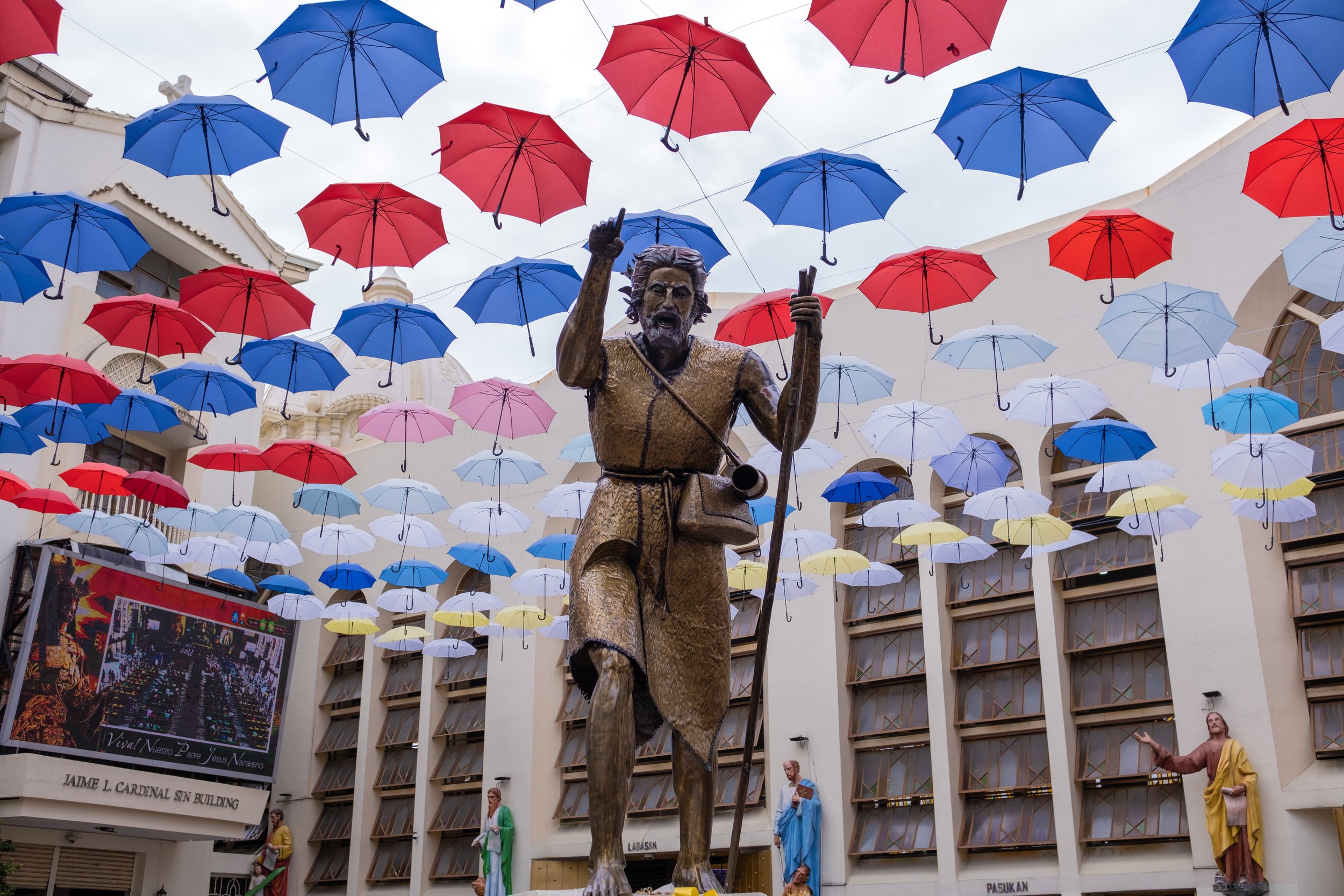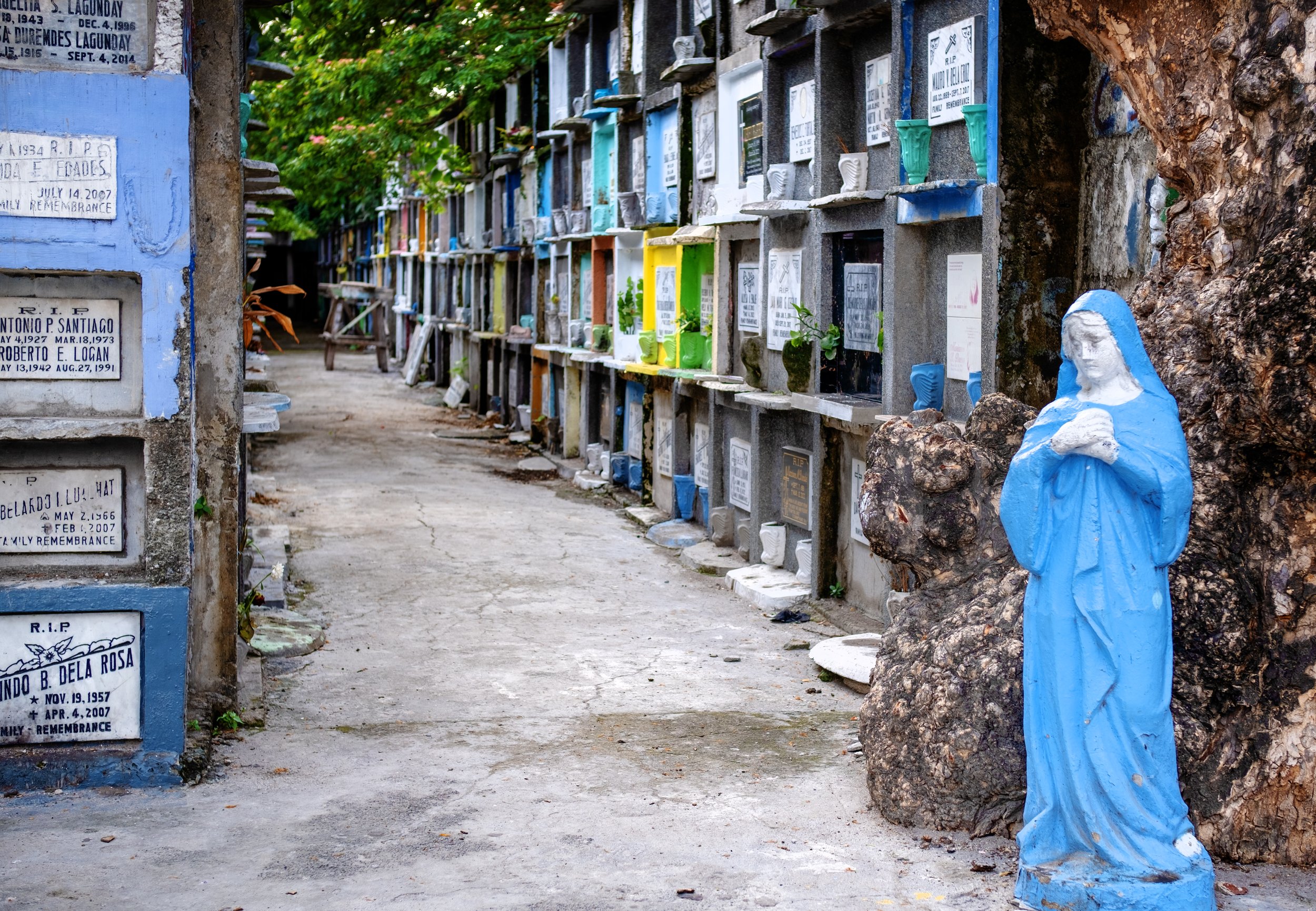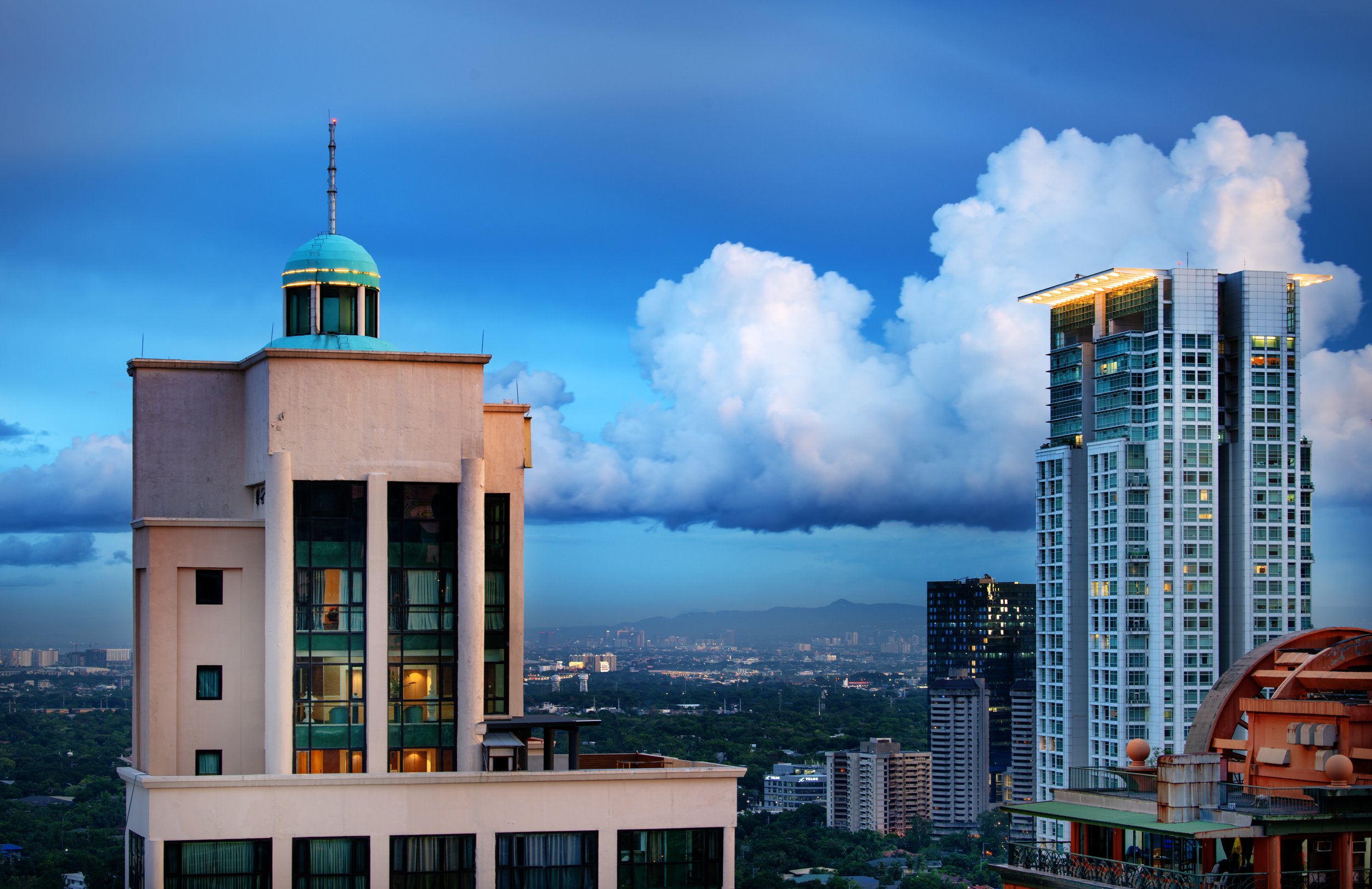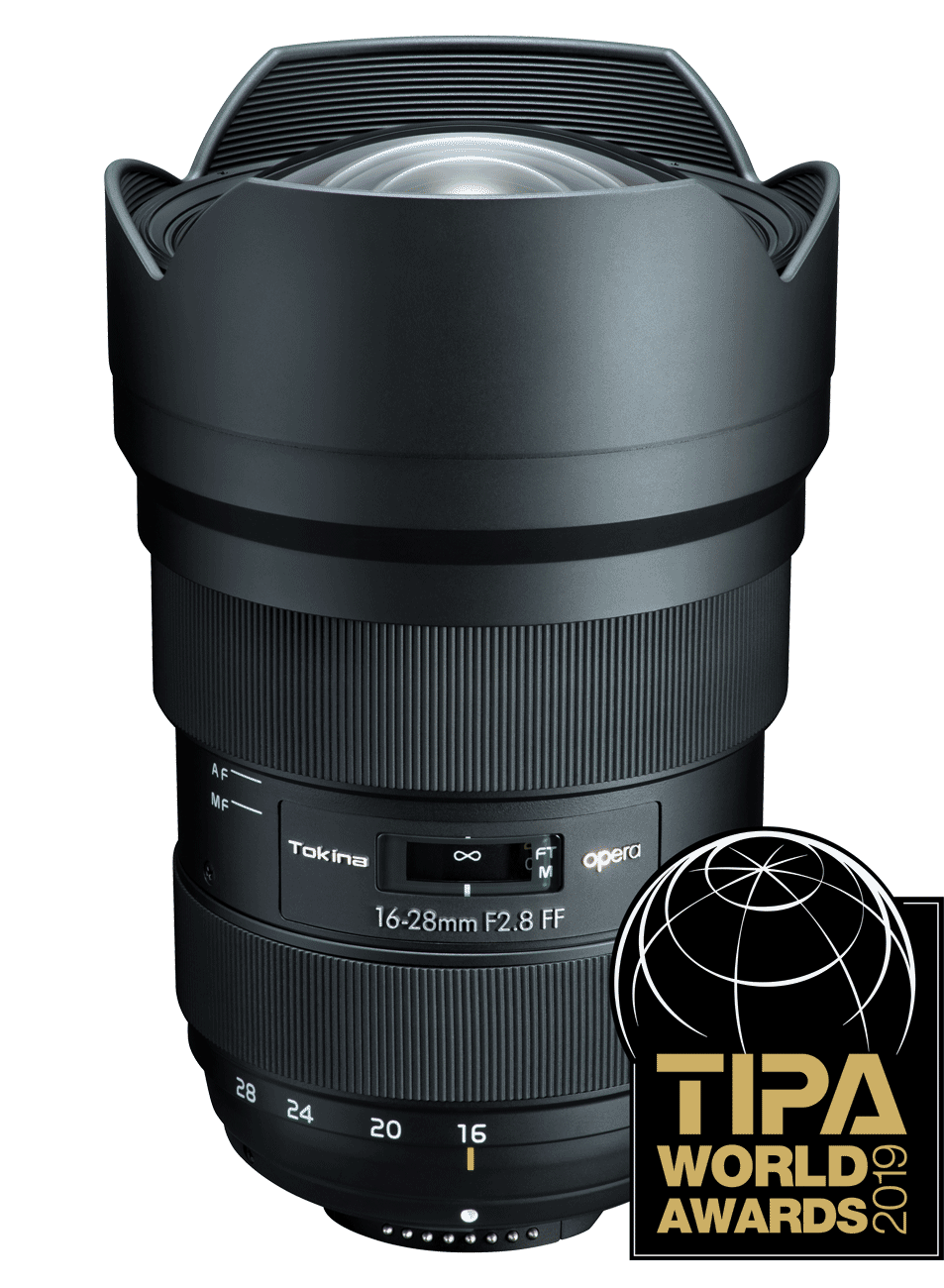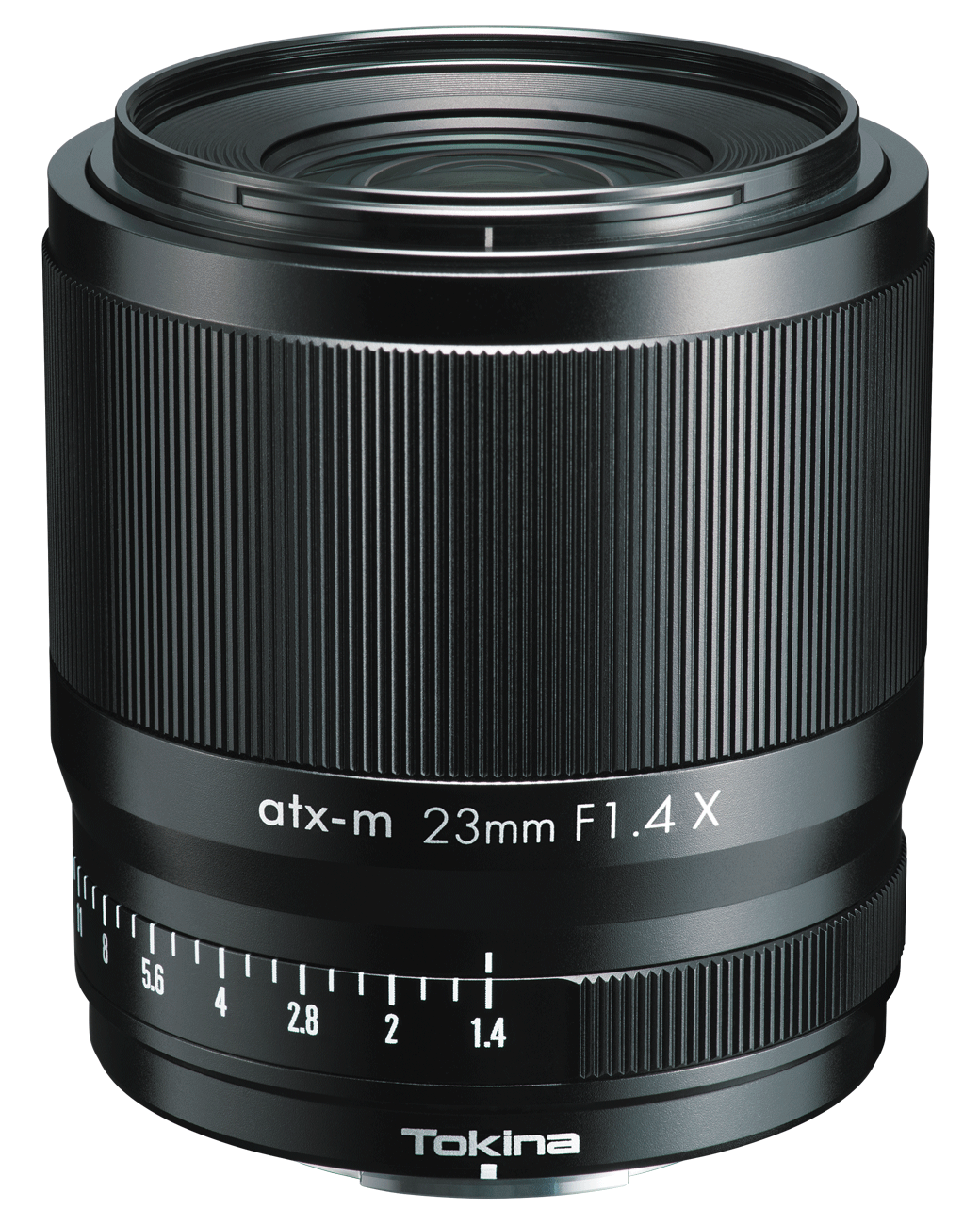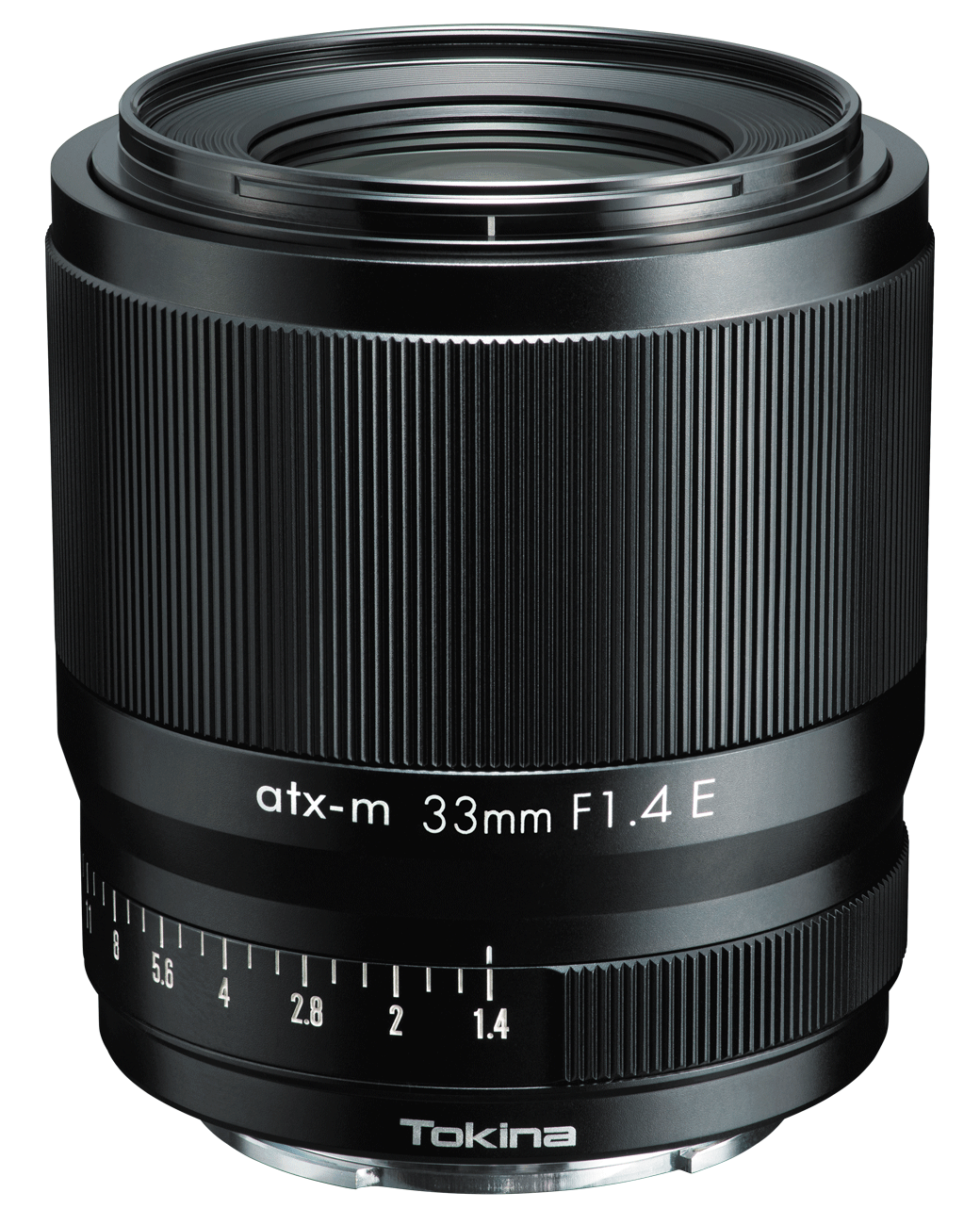Photographing Metro Manila
Travel Photography tour & blog on Metro Manila, the National Capital region of the Philippines.
“The world is a book and those who do not travel read only one page.” ~ Saint Augustine
valued sponsors
Before we begin, I would like to thank my valued sponsors for arranging almost everything from hotel bookings, flight tickets and providing me with absolutely amazing gear for this journey.
I highly appreciate Middle East’s largest free publication for the Filipino community, The Filipino Times, for the arrangements of this trip and my gear partners Kenko Tokina Limited Japan and Lee Filters for providing the necessary gear for this trip. Without their sincere efforts, this journey wouldn't be possible.
the journey towards Manila
I have tried to summarise everything in this blog from the preparation till my flight back from Manila, Philippines. A beautiful symphony of my personal experiences and observations through some photos and several stories.
To be honest, before arriving in Manila, places I was planning to visit were high rise buildings, nearby islands and beaches. People, their traditions and customs, their present and past (history) were not my agenda because that’s what you see when you try to do some research on this beautiful tropical country but I am so glad I encountered plenty of it.
“Majority of the places covered in this blog are somehow so-called no go areas for tourists. I was a bit disappointed when almost every OFW (overseas Filipino workers) based in the UAE warned me against visiting almost every area of Metro Manila by referring to several unbelievable and unimaginable fears, threats and crimes which I would “definitely” face & experience if I will ever visit these places in my life”
getting ready
For those of you who do not know, I am based in the United Arab Emirates so the first step was to get visa from the Philippine Embassy. A tourist visa for the Philippines will take approximately 60 days to process and get approved. You need to apply (through email) for an appointment which can take up to 20 working days or even more and then you will receive an invitation to submit your documents.
Submission of documents doesn’t mean that your actual application is submitted. Your documents will first be sent to the Ministry of foreign affairs in the Philippines which will get approved for the initial process. This process can take almost another 2 to 3 weeks time. After the first approval from the Philippines, you will be invited one more time at the Embassy and your passport will be ready for visa stamping anytime soon. Approximately, you will end up spending USD75 for the whole process.
Don’t forget, you should have hotel booking and confirmed return ticket to facilitate your application and considering any unexpected delay in the approval, you might have to change the bookings accordingly.
nine hours flight to Manila
I flew through Etihad Airways, UAE’s national airline and the journey was quite smooth and comfortable. It will take almost nine hours from the Middle Eastern country to land in Manila. So if you are not flying kind of person, you better keep travel neck pillows, some book to read or something close to Netflix or inflight entertainment to pass the journey. For someone like me, nine hours are more than enough to get tired, so I did my best to sleep as much as I could.
and I am in Manila
I just loved the first sight when I came out of the airport, not because my luggage wasn’t even checked by anyone and no usual idiotic questions were asked at the immigration counter, I just loved the greenery, blue skies and misty clouds running like a cheeky toddler in the sky. Trust me, when you are coming from a Middle Eastern country, you don’t have many encounters with such kind of beautiful nature. For me it was totally welcoming, exciting and allow you to meditate and bask in it’s tranquil sceneries.
Let me add some details. Nature, undoubtedly, can be found anywhere in the world but it wouldn’t meditate you if it is mixed with man-made structures and artificial add ons. In Philippines, such additions to the nature are still quite minimal compare to other natural exotic places in the world.
Lush green & beautiful view of Makati & BGC areas of Metro Manila. Image taken with Nikon D810 & Nikon 70-200mm F 2.8 VRII
The moment I came out, I purchased a local prepaid mobile connection for approximately USD25 and I got enough data and local call time for my entire trip duration. The next step was to book a taxi through locally famous mobile application, Grab. Grab application is very handy or another name of Uber in the Philippines. There are other modes too to commute in the Metro Manila but this application is quite smooth and tourist friendly.
the 72-hour countdown
Ever been to a journey where you had very limited time to explore? Well this was what exactly I had to experience. Some last minute errands and bad monsoon weather came and I had to change my entire plan of visiting lakes, beaches, volcanos and islands. That’s how exactly I ended up making a plan to explore the National Capital Region, Manila.
Four days of my trip were gone already, weekend was approaching and I was wondering sitting in my hotel room, “if not nature and islands, what else can I capture?” I hit Google and searched, busiest places in Metro Manila. A few moments later, I knew what I was going to document.
the magnificent Makati City
Being a tourist, you should not stay anywhere else but Makati. Its green, high ground of the city (when it rains, water flows towards other parts of the city), filled with so many international restaurants and food chains, very accessible to almost every side of the city and most importantly for photographers, it provides stunning views from several roof top bars and restaurants. If you are running out of time to explore the city, go to these roof tops and enjoy beautiful views with majestic weather.
Makati City (Metro Manila) during an epic sunset and thunderstorm. Image taken with Nikon D810 & Tokina Opera 16-28mm F2.8 along with Lee Filters polariser.
Still not convinced? What if I tell you that it’s almost the centre of the Metro Manila. Take a map and mark 40 kilometres to your 360 degrees and you will notice how much can be explored within that range. This is the most ideal approach in my opinion. Philippines has a very different terrain, small volcanic hills with unpredictable weather (don’t forget to buy an umbrella) and the whole country is divided in countless small and big islands. So choosing one place outside the city means the entire 24 hours are gone.
faith in the Philippines
Coming from a Muslim country and someone who has never encountered much of cross religion things, seeing people’s devotion to the religion (Christianity) was quite fascinating. Where Muslims are known for practicing Islam on a very thorough basis, the enthusiasm and respect of Filipino people towards religion is also not something which we can ignore. Almost every taxi I rode had religious artefacts, the city has several churches and old cathedrals and being a God fearing person is considered respectable in this society.
It is not only up to going to church regularly but like all other religions, philosophies like “doing good to others so the good will return to you one day” is quite embedded in Philippine culture. I am not sure about the exact percentage of practicing Christians in the Philippines but I can certainly tell that percentage of general public visiting Church on a Sunday is quite high compare to other countries, especially developed countries in Europe and America.
One of such churches is the Black Nazarene, also known as Quiapo Church. Founded somewhere in the 16th century and opened in 1984, it is Situated in the Quiapo district of Metro Manila. Inside church is the “dark skinned” image of Jesus Christ (PBUH), carved by an unknown Mexican artist back in 16th century and was then brought to the Philippines.
Black Nazarene or Quiapo Church of Metro Manila during a busy Sunday. Image taken with Fujifilm XT-4 and Tokina 23mm F1.4 X lens.
Interestingly, you visit this place at almost anytime or day, you will see some extra ordinary things which will make you realise that how sacred this place is for Filipino people. I visited this place during midday and it was packed with visitors/worshipers. Church has its own administration and its well governed when it comes to getting an entry inside it. In order to get an admittance inside church for the routine prayer or mass, you can end up waiting in a queue for an hour and if its summer, you better have an umbrella. When the church is at its full capacity, visitors will queue outside, carrying children in straight lines, both at the front gate as well as on its sides where they can hear the sermon through windows. It’s there where you will see people ignorant of heat or rain, some even on their knees and several standing with their heads down in respect.
In the roundabout of Quiapo church, you will be walking in one of the busiest streets in Metro Manila where hundreds of street sellers are selling herbs and fluids of many kinds. Local residents somehow believe in their faith healing capabilities and miracle treatments for many illnesses and I am sure much of such practices are considered illegal in Philippines too. Let me add some perspective here, in majority of the developing and poor countries, you will see such things being sold on streets. For instance, if you visit India, Pakistan or Bangladesh, you will meet such sellers outside holy places, in between busy markets and town halls selling herbal medicines, perfumes and artefacts and their products also claim similar unbelievable miracles.
The most interesting thing for me to see was the multi-storey graveyard. The south Manila Cemetery is situated right in the heart of Makati City, filled with trees and graves of thousands of residents who once lived in this beautiful city. Unlike my hometown, where graves are dug deep in the soil, this cemetery has two distinguished sections. A section for poor people, marked with Government installed plate which says “Graveyard of the Poor” and other single, well decorated and protected (with cages and locks) graves which are owned by each of its resident. Though it was not something completely new to me but I could see more genuine and practical difference of affordability among people, not just in life but also after death.
Multi-Storey graveyard of South Manila Cemetery. Image taken with Fujifilm XT-4 and Tokina 23mm F1.4 X lens.
Where deceased from humble families are destined to be buried in the multi-storey graves, surrounded by concrete and can’t even own the burial place, families of wealthy individuals have build tombs, artefacts and even small rooms on top of such tombs so they can rest while visiting their deceased loved ones.
This cemetery doesn’t only offer burial place but it also provides shelter to many. It was not surprising for me when I saw a few families living there in small huts and cabins. I took the liberty and interacted with a few people and children to get some guidance to explore the area. I wouldn't say it was fun but it was surely quite informative on how death is perceived in the Philippines.
the hustle
Metro Manila, spanning of more than 600 square kilometre is known for its traffic jams, high rise buildings, roof top bars, cafes and restaurants and congested residential areas. The entire metropolitan is the composite of 16 small cities, where Makati City is one of them. Whether you are a tourist or resident, you will feel some invisible force driving everyone and everything. Being the business hub, you will see People rushing towards work or going back home, carrying rain coats, umbrellas and their bags, waiting in long queues at the bus stations, riding scooters (similar to Uber), taxis or jeepney (the traditional Filipino wagon). People will walk pass you without looking or caring what’s happening. So if you are not interested in exploring traffic lights, avoid morning and evening hours.
A busy street of Quiapo District of Metro Manila. Image taken with Fujifilm XT-4 and Tokina 33mm F1.4 X lens.
Like any other country, you will witness both elegant and stylishly luxurious areas (Makati & BGC for instance) with shopping malls, gigantic structures under construction and fancy restaurants as well as poor neighbourhoods where families are surviving in tiny apartments but surprisingly enough for me that I couldn’t see people littering on streets with food wrappers, plastic items or anything similar which can be seen in many other countries. I did see thrown away garbage in some areas but I am confident that I didn’t see (with my own eyes) a single person actually throwing waste out on the roads and streets. Developing countries need such attitude and education so the cities looks more clean and environment friendly.
Importantly for some people’s knowledge that Metro Manila is one of those green cities where municipality has removed/sacked all smoking areas (bins with ashtrays) and it is punishable by law to smoke openly. At least it is enforced well enough in the business districts near Ayala Ave, BGC shopping areas and Makati City. Adhering to same regulation, all hotels in the Philippine have removed smoking rooms from their properties too. So if you are a smoker, I wish you good luck but on a contrary, I have one question: if one cannot smoke openly in the city (to which I have no issue), why thousands of supermarket in Metro Manila are selling tons of tobacco products? Just saying :)
Philippines weather aka ~ meditation
I think nature is one of the top reasons behind Philippines national and international tourism. One can write poems and novels on its majestic weather, thunder showers, lightning, beautiful clean clear beaches and natural greenery which is available for every eye, mind and soul.
Thunderstorm over Makati City, Metro Manila. Image taken with Nikon D810, Nikon 70-200mm F2.8 VR II lens and Lee Filters polariser.
Buy my fine art photo prints
〰️
Buy my fine art photo prints 〰️
Let me add some personal sentiments that I travelled to Philippines from UAE during June, almost peak season for zero rain, 100% humidity, temperature on roads above 50 degree celcius and everything around us is made of concrete but when I landed at Manila Airport, I was welcomed by so much greenery and clouds with beautiful drizzling showers.
Now if you are a photographer or interested in taking photos or making Timelapse videos, you have got to be at some roof top. Don’t worry, the rain wouldn’t last the whole day. Its like episodes of small and big showers. You always find some gaps in between rain to take photos. Just put your camera on tripod and composition is already ready for you to capture. Simply stunning weather conditions for cityscape and landscape photographers. In case you are into using Camera (ND) filters and polarisers, do keep them with you. You will be able to use them as much as you want.
people
Without any doubt, Filipinos are one of the most smiling and cheerful people in the world. You meet anyone in the supermarket, bus station or any public place, you don’t know them but they will interact with a big smile on their faces. Whether living big bungalows or tiny apartment, they know how to maximise whatever they have on hand. In my observation from several interactions and conversations, I learned that they love spending money on brands, partying with friends, staycations, even if its inside the same city they are residing in, food, singing and dancing and above all, they love dogs. Love for pets is so intense that you will even see dogs buried next to their owners in the same graveyard and not even one pet but pets after pets, like same family members, are buried in special designated graves next to their loved ones.
The true love and bond between Filipino people and their pet dogs. This photo is my personal favourite. A street seller holding his dog beneath his shirt, sitting next to his cart. Image taken with Fujifilm XT-4 and Tokina 33,, F1.4 X lens.
Let’s give some touch of history. Philippine was colonised by Spain long ago, governed through Mexico by the Viceroy of the New Spain from 16th century till late 19th century. That’s why one can clearly see Spanish influence on Philippine culture in number of ways and some of it is preserved in a walled city called The Old World, Intramuros. If you are ever visiting Philippines, don’t miss this place.
This place from the history is the home of Spanish era Fort Santiago where you can visit old military barracks, prison cells and the shrine of the Philippines national hero, Jose Rizal. It is said that Dr. Rizal was placed, tortured in a prison cell inside the Fort and later executed by a firing squad in the late 19th century. A barrack inside the Fort Santiago is now marked with his statue standing inside it. Toward southern side of the Fort is River Pasig which was a key element to much of city’s trade during the early days.
The place was one of the most crucially active places during both fight against Spanish rule and afterwards during the World War II, when it came under Japanese control. Lush green and now peaceful, this national treasure will take you back in time when Philippine national heroes were kept prisoners under extremely poor conditions by the Japanese military.
You will also be able to visit Manila Cathedral with its bronze carvings and stained glass windows as well as the San Agustin Church museum which is filled with religious artefacts belongs to Spanish colonial era.
Summary
In my opinion Philippine is a very tourist friendly, naturally beautiful and culturally diverse place. All those stereotype comments I received on not to visit any culturally diverse place were wrong, at least up to my experience. Weather is superbly nice and not much hot compare to the Arab world. People are very polite and nice in general. I didn’t visit any bar or been to late night parties but I was still totally in love with the place.
For photographers, Philippine is a very photogenic place. There is a plenty of places for landscape and cityscape photographers. If you are a street or travel photographer, you can easily survive there with one camera and can take thousands of beautiful stories.
I really hope and wish to visit more remote and beautiful places in Philippines in the future.
camera gear used
For photographers worldwide, carrying enough gear is one of the biggest problems. Because we want to make sure we have everything what we need and airlines want to make sure we are carrying only 7Kg. I think this struggle will never end unless we are allowed to carry 20Kg in cabin baggage which will never happen :)
So considering this problem, below is brief on what I carried with me for this Philippines trip. Let me add here that at the airport, I was required to remove some items from my camera bag because it was too heavy and I had no option but to place them in my luggage. Thanks to the great construction of Tokina lenses, everything arrived safely without any internal damage.
camera, lenses & other equipment
I kept two camera bodies, my all time favourite Nikon D810 (full frame) and Fujifilm XT-4 (crop sensor) along with my favourite Tokina lenses for Fujifilm X mount (Tokina 23mm F 1.4 X & 33mm F1.4 X) along with the “beast” Tokina Opera 16-28mm F2.8 and Nikon 70-200mm F2.8 VR. I also kept Lee Filters 100mm Deluxe Kit which has all the necessary holders for different lenses along with little & big stopper ND filter and Polariser filter. Make sure you have a portable harddrive and multiple memory cards to save your data at the end of everyday. I use LaCie Rugged SSD 2 TB Solid State Drive. Its compact, water and shock proof.
In my experience there, carrying one small crop sensor (Fujifilm) along with a lens (Tokina 33mm & 23mm F1.4) was way easy in terms of handling and quite hassle free . I had tried carrying my full frame body with 70-200mm lens in the past and it was not a pleasant experience due to its overwhelming weight.
“Apart from couple of shots, all photos displayed in this blog are taken with Tokina 33mm & 23mm F1.4 X lenses mounted on Fujifilm XT-4 & XE-4 cameras. These lenses are exceptionally build and provide corner to corner sharp, focused and well balanced results. Photos are processed up to very basic level in Adobe Photoshop to keep the authenticity of the photo and its story”
“Do let know with your thoughts in the comments and in case you have a question, feel free to post it down”



